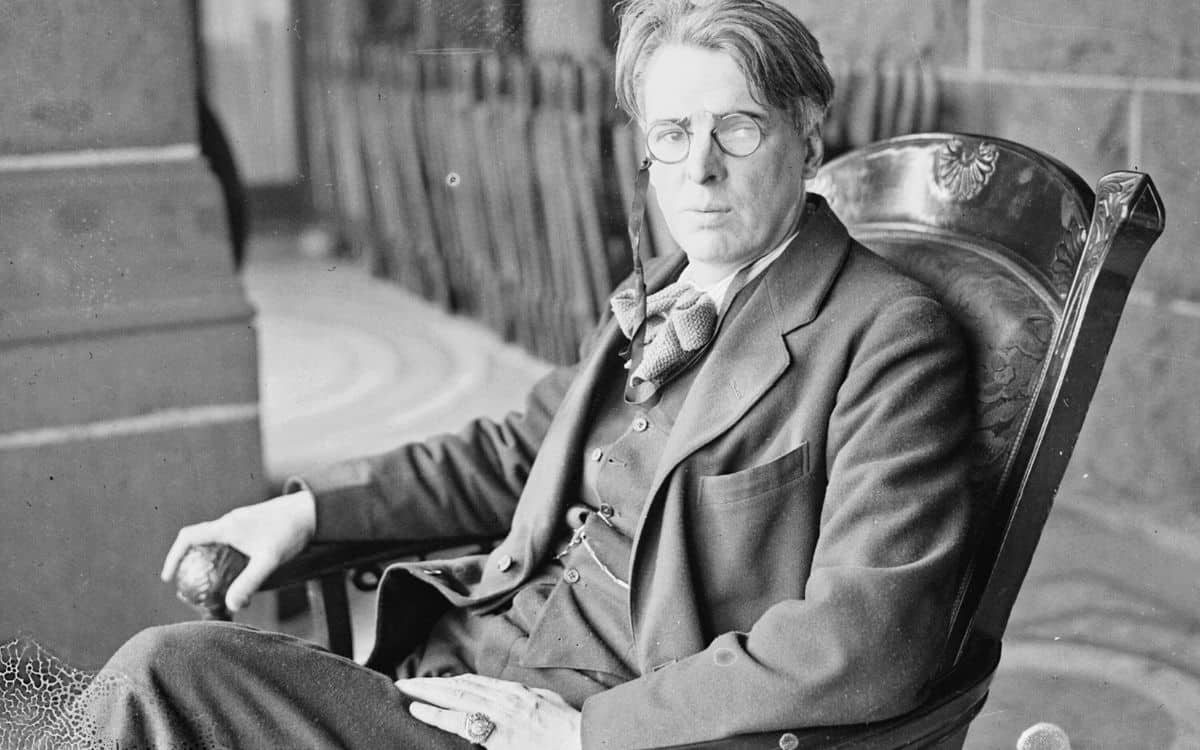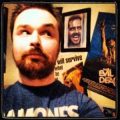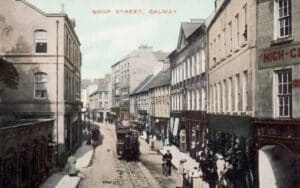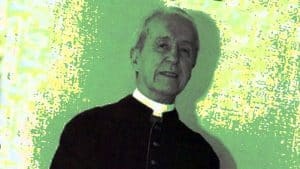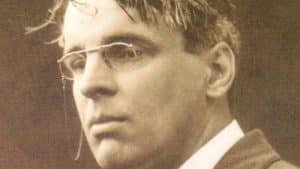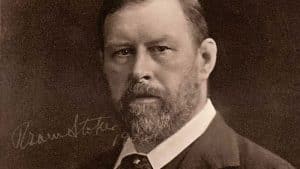W.B. Yeats was fascinated by the paranormal. PAUL MOYNIHAN takes a look at the legendary Irish poet’s dabblings in the darker side…
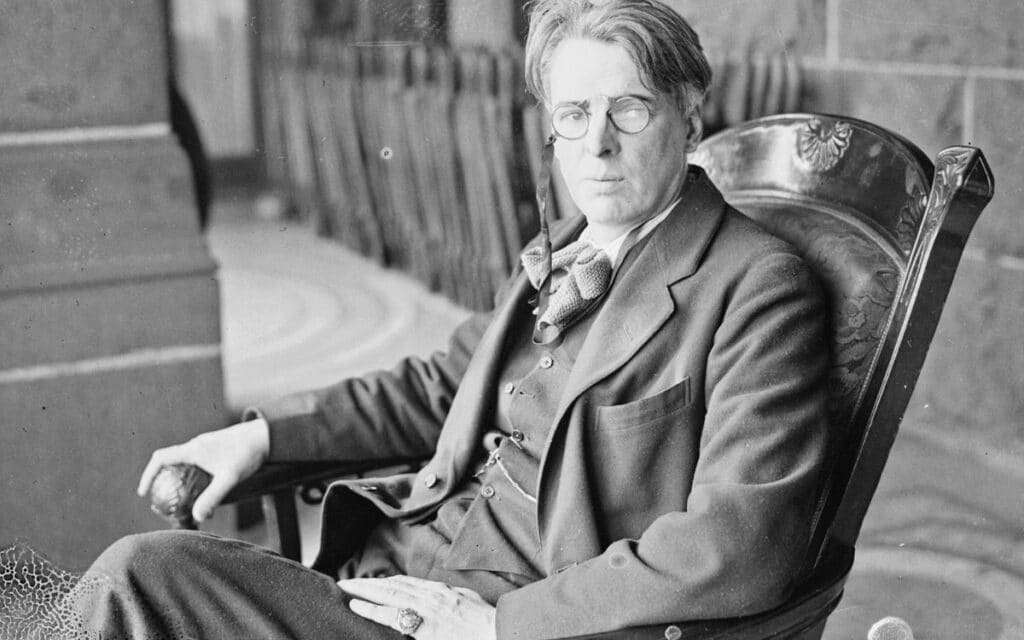
Few figures in Irish literary history are as widely known and respected as William Butler Yeats.
Born in 1865 in Dublin, Yeats became one of the finest poets of all time, winning the Nobel Prize in Literature in 1923 and making an impact on the generations of poets that would follow.
However, behind the beauty of his words lies a mysterious fascination with the mystical, the paranormal and the occult.
His obsession with the darker side of life began at a very young age, and Yeats would spend much of his life reading about the supernatural, gaining a vast amount of knowledge on the subject.
W.B. Yeats and The Ghost Club
This love of all things paranormal lead Yeats to join The Ghost Club, a London-based paranormal research organisation (believed to be the oldest organisation of its kind in the world) in 1911.
He attended meetings regularly, performing numerous spiritualist experiments with his colleagues.
His time spent studying the supernatural with The Ghost Club would lead to many an unusual event; in 1913, Yeats began to communicate with a spirit called Leo Africanus (a geographer and author from Renaissance times).
Yeats referred to Africanus as his ‘daimon’, or spirit guide of sorts, and Africanus would communicate with him through the activity of spirit writing.
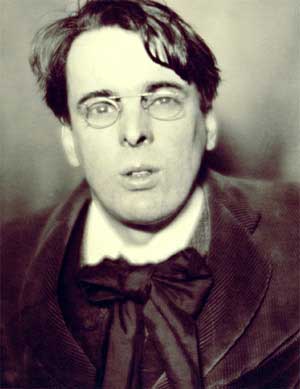
This collaboration would continue for many years, inspiring Yeats to pursue an understanding of the paranormal even further.
In 1914, he travelled to France to investigate claims of a medium who could materialise objects from thin air.
Despite the fact that it was proven to be fraudulent, Yeats did not view it as a wasted journey. His passion for the supernatural seemed to have no bounds.
Although The Ghost Club would provide Yeats with some of his most successful paranormal endeavours, his occult practices began over 20 years earlier.
He attended his first séance in 1888, during which it is said he acted as though he were possessed, speaking in tongues and banging his head against the table.
Yeats joins the Hermetic Order of the Golden Dawn
In 1890, Yeats joined the Hermetic Order of the Golden Dawn, a group whose purpose was to study and practice all manner of occult activities.
His induction into the group required him to take the motto ‘Daemon est Deus inversus’. When translated into English, the phrase means ‘A demon is a god reflected’.
The group has since gained notoriety due to one of its most infamous members, Aleister Crowley, being labelled ‘the wickedest man in the world’.
Crowley’s dark practices would, in fact, lead him to become an enemy of Yeats.
The two men never saw eye to eye.
Yeats’ involvement with the Order would open the doorway to many personal discoveries in the spiritual realm.
He would go on to write about these experiences in numerous essays.
He wrote of his belief in magic, and the ‘evocation of spirits’.
His studies with the Order would become the subject of a lecture he held before the Dublin Society for Psychical Research in 1913, during which he stated there was no doubt in his mind that psychic phenomena was a reality.
He was positive that the ability to communicate with the dead was true.
Yeats’ popularity and enthusiasm among his fellow members would see him become a ‘recruit’, and he was responsible for the inclusion of many members into the Order, including his muse Maud Gonne and the actress Florence Farr.
Perhaps the greatest gift the Order gave to Yeats was his meeting with his future wife and fellow member Georgie Hyde-Lees.
Yeats begins automatic spirit writing
Known as George, she was a psychic medium, and she introduced Yeats to the practice of automatic writing.
Their common interest in the paranormal would be the foundation of their marriage. George’s abilities astounded Yeats.
He would use these ‘sessions’ to gain advice on practical matters from the other side, and they became the basis of his book A Vision which was published in 1925.
Yeats’ journey through the world of the unexplained would continue to the end of his life in 1939.
His fascination fuelled his poetic style, resulting in some of the greatest writings known to man.
His studies and practices of many spiritualist activities were groundbreaking at the time, and few people could match his drive for discovery.
To find out more about Yeats’ involvement in the paranormal realm (including the creepy tale of his haunted castle) check out my article 5 Haunted Places to Visit in Galway.

